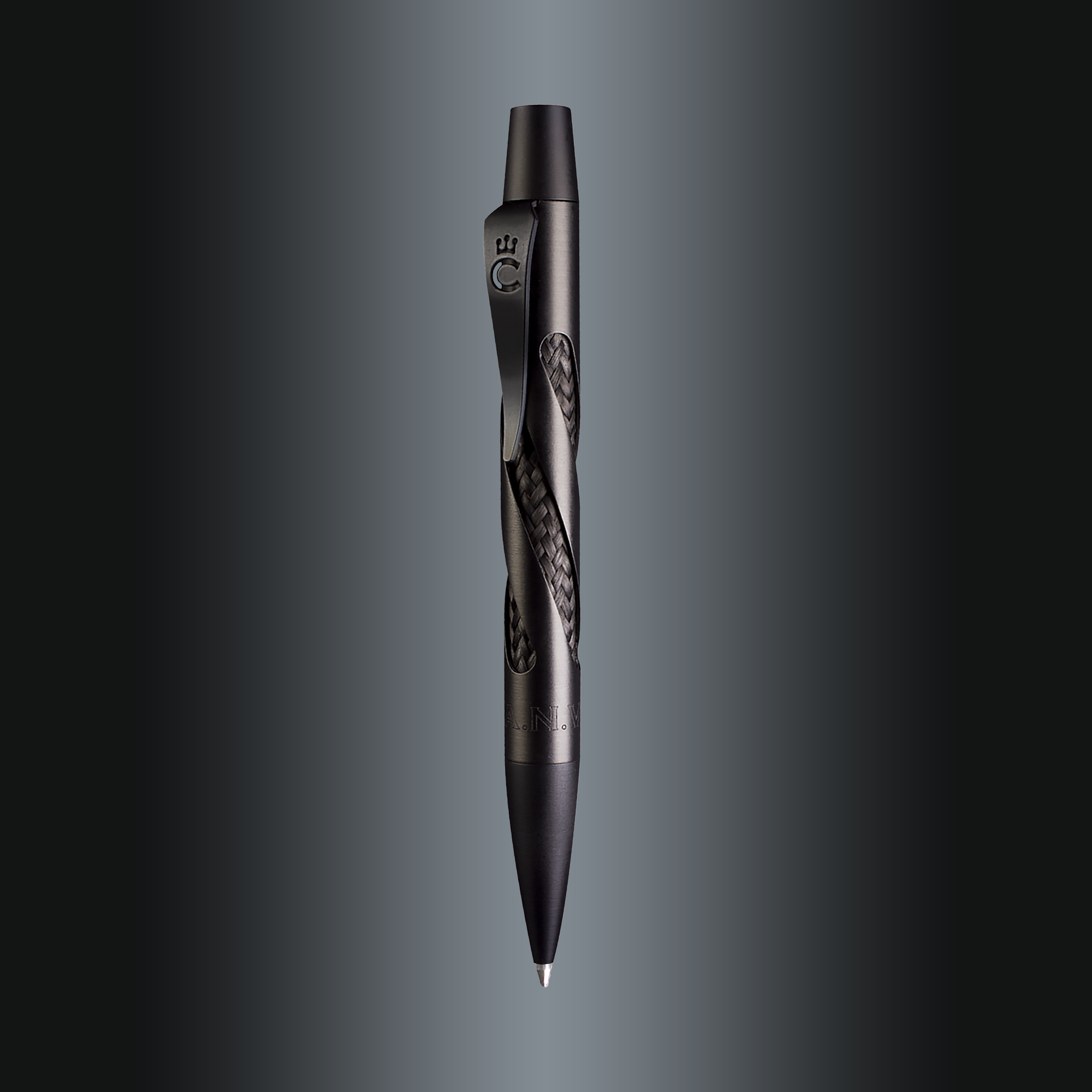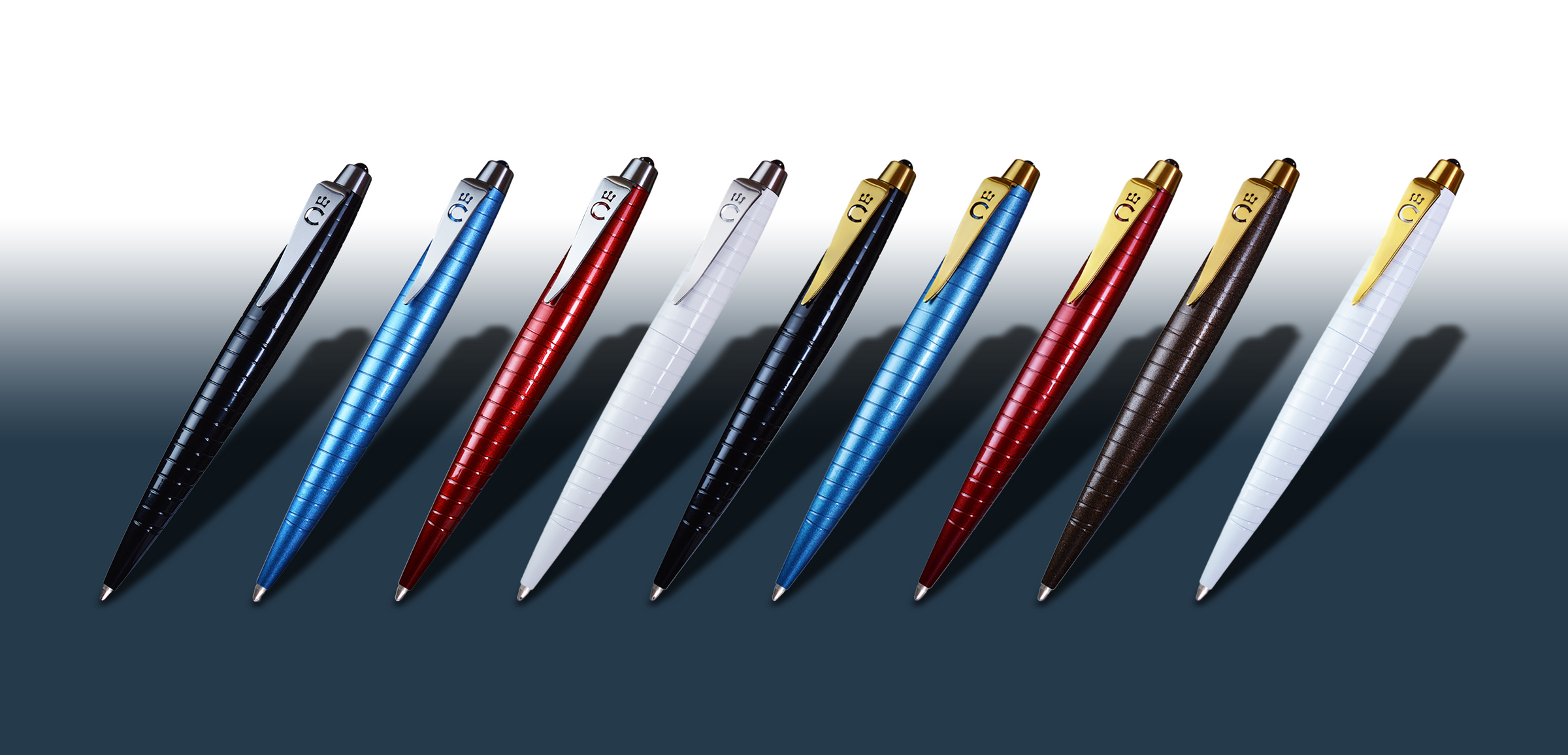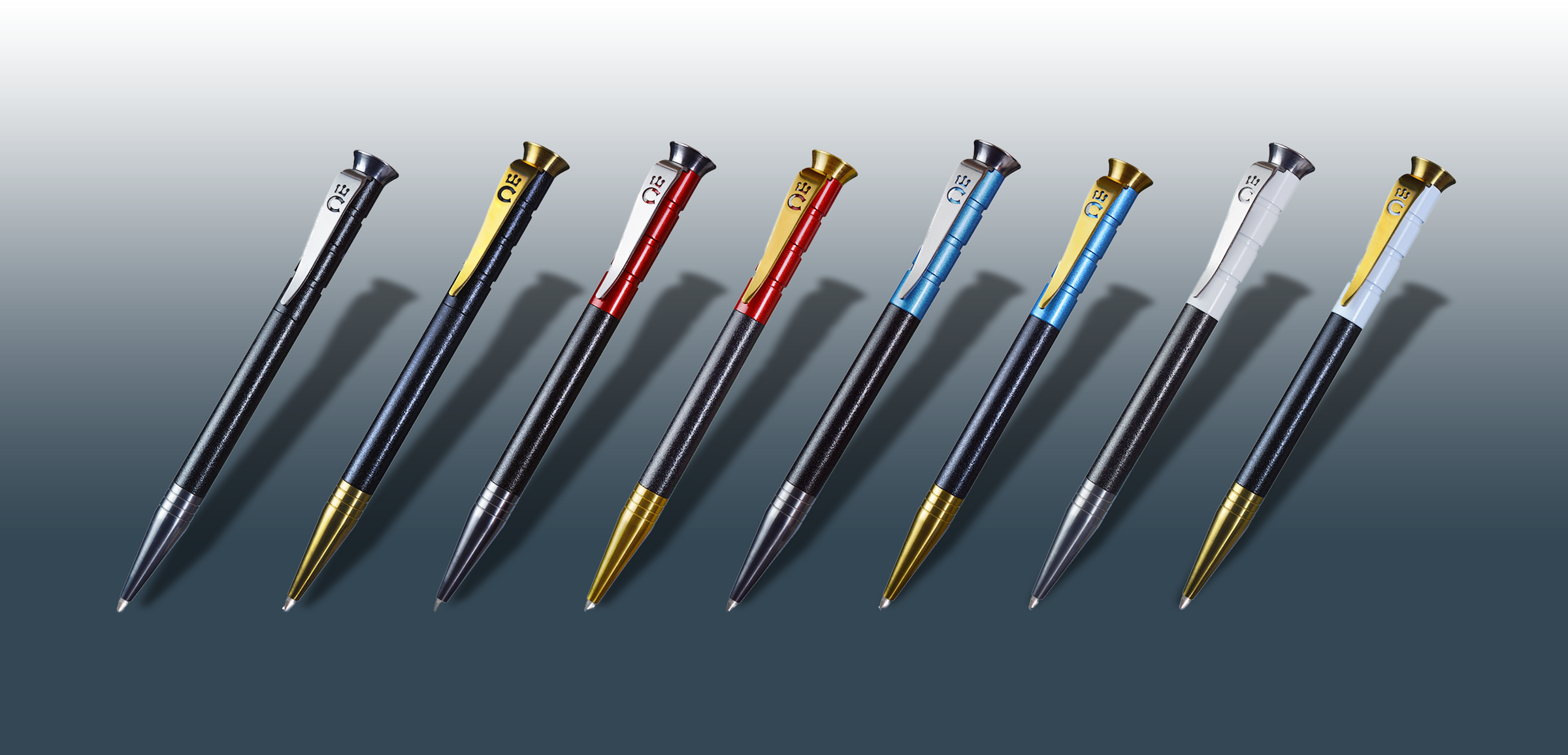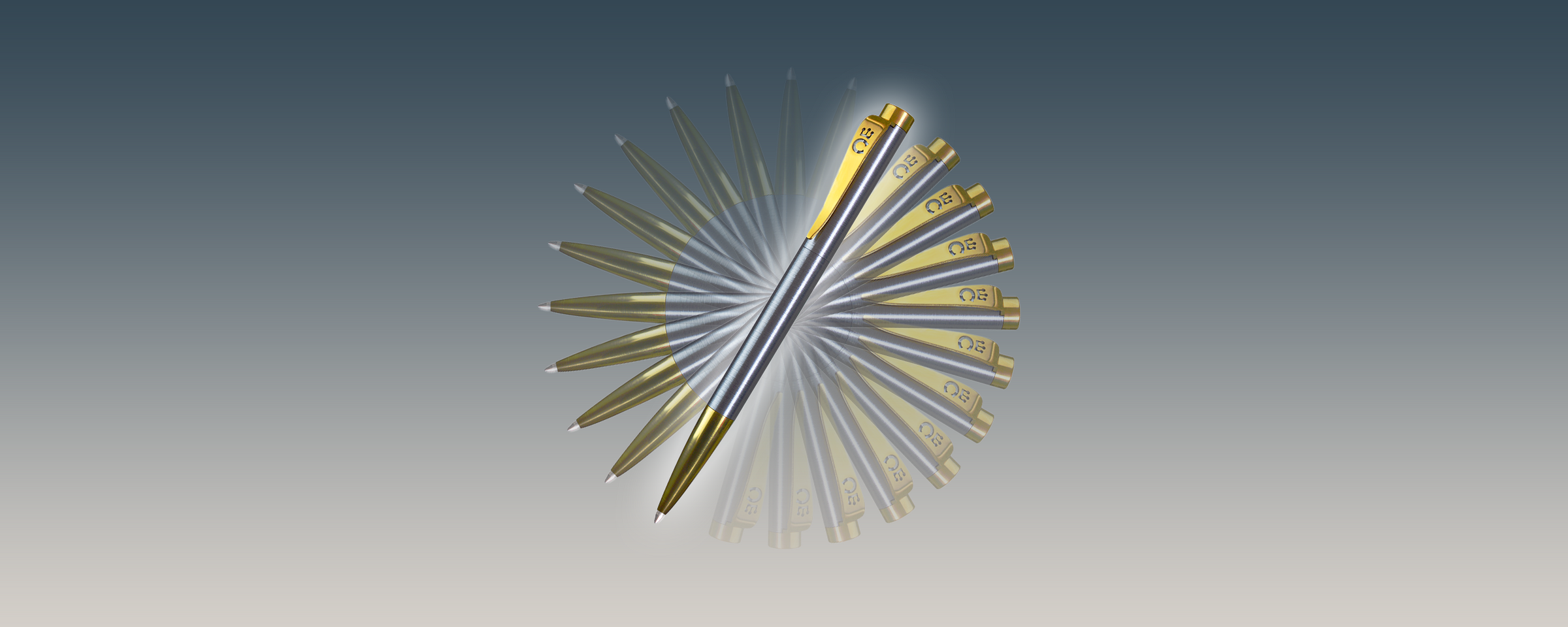Write a Connection Message on LinkedIn
- Introduction
- Understanding the Importance of Connection Request Messages
- Personalizing Your Connection Request Message
- Keeping Your Message Professional
- Examples of Connection Request Messages
- Conclusion
1. Introduction
Sending a connection request on LinkedIn can be a valuable way to expand your professional network. However, the message you include with your request is crucial. It can significantly impact whether your request is accepted or ignored. In this guide, we'll explore how to craft an effective connection request message that increases your chances of making valuable connections.
2. Understanding the Importance of Connection Request Messages
Your connection request message is your chance to make a positive first impression on the recipient. A well-crafted message can help you stand out and increase the likelihood of your request being accepted.
LinkedIn is a professional networking platform where connections can lead to valuable opportunities such as job offers, partnerships, or mentorships. Therefore, it's essential to approach connection requests thoughtfully.
3. Personalizing Your Connection Request Message
3.1. Address the Person by Name
Personalization is key to making your connection request feel genuine. Always address the recipient by name to show that you've taken the time to research and personalize your message.
For example:
Hi [Name],
3.2. Mention a Shared Interest or Connection
If you have a shared interest or connection with the person you're reaching out to, mentioning it can help establish common ground and make your request more compelling.
For example:
I noticed that we share a connection with [mutual connection].
3.3. Explain Why You Want to Connect
Be clear about why you want to connect with the person. Whether it's to network, seek advice, or explore potential collaboration, explaining your reason for connecting can increase the likelihood of your request being accepted.
For example:
I came across your profile and was impressed by your experience in [industry/field]. As someone who is also passionate about [shared interest], I would love to connect and learn from your insights.
4. Keeping Your Message Professional
4.1. Use Proper Grammar and Spelling
A well-written message reflects positively on you and your professionalism. Always proofread your message for grammar and spelling errors before sending it.
For example:
Best regards,
[Your Name]
4.2. Keep It Brief and to the Point
Keep your message concise and to the point. Avoid including unnecessary information that could distract from your main purpose.
For example:
I've heard great things about your work in [industry/field] and would love to connect and learn more about your experiences.
4.3. Avoid Generic Messages
Avoid using generic, templated messages. Take the time to craft a personalized message for each connection request you send.
For example:
Hi [Name],
I'd like to add you to my professional network.
5. Examples of Connection Request Messages
Here are some examples of effective connection request messages:
-
Example 1:
Hi [Name],
I came across your profile and was impressed by your experience in [industry/field]. As someone who is also passionate about [shared interest], I would love to connect and learn from your insights.
Best regards, [Your Name]
-
Example 2:
Hi [Name],
I noticed that we share a connection with [mutual connection]. I've heard great things about your work in [industry/field] and would love to connect and learn more about your experiences.
Best, [Your Name]
6. Conclusion
A well-crafted connection request message can help you make valuable connections on LinkedIn. By personalizing your message, keeping it professional, and explaining why you want to connect, you can increase the likelihood of your request being accepted.









